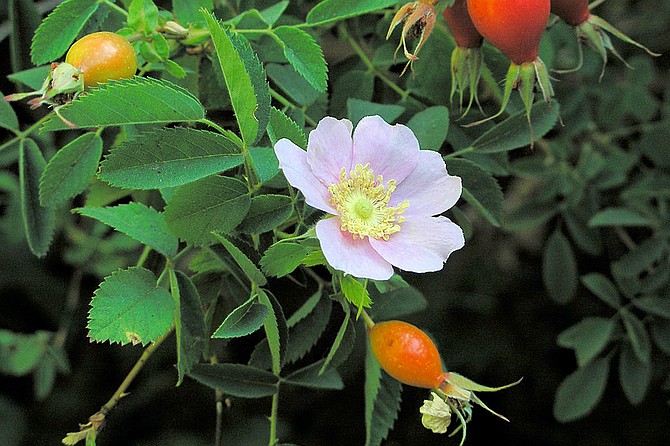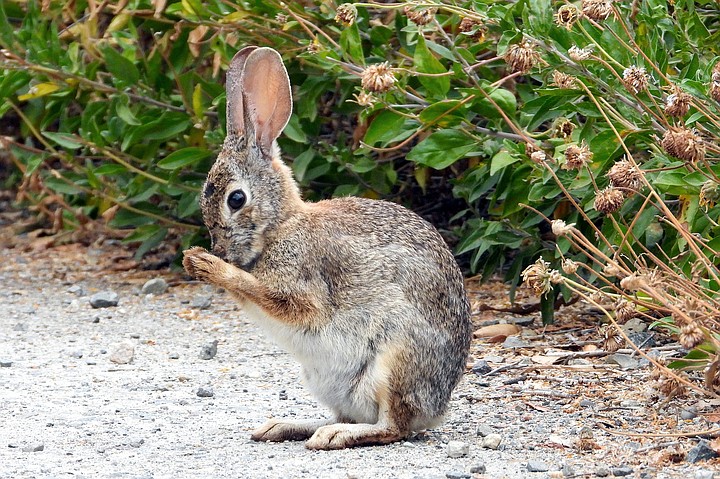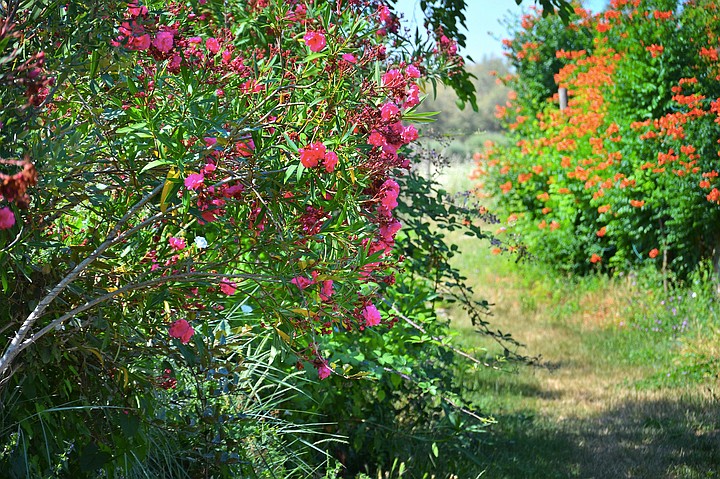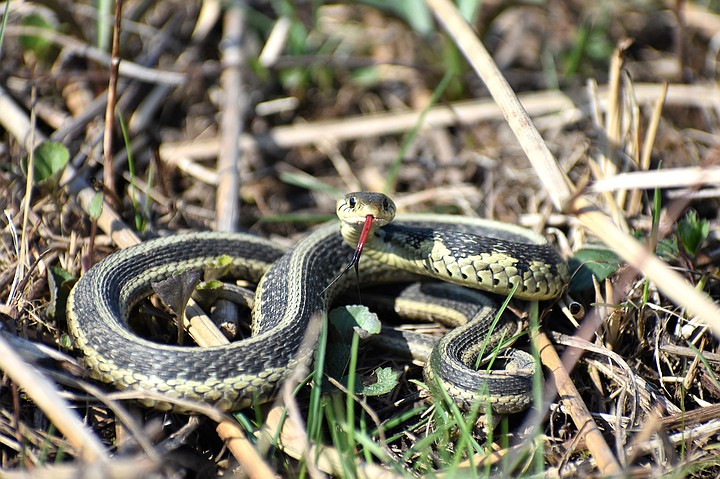 Facebook
Facebook
 X
X
 Instagram
Instagram
 TikTok
TikTok
 Youtube
Youtube

Wild Rose, a California native, is in bloom in San Diego County’s foothills and mountains. In moist, lowland areas and along small watercourses, wild rose shows off small, fluorescent-pink flowers. By June and July, the rose bloom will reach the Laguna Mountains, where the plant grows in abundance in shady locales.

Rabbit and Rodent population is peaking in the canyons and hillsides of coastal San Diego County. In many neighborhoods, car headlights illuminate the rear ends of scampering cottontail rabbits making raids on succulent garden vegetation. On the fringes of suburbia, sleek coyotes are sometimes spotted slinking about in pursuit of rodents and rabbits, or easier-to-catch fare — house cats.

Oleander bushes, now beginning to bloom in gardens and along roadsides in the interior valleys and desert, will continue putting on a good show through the summer. Displays of white, pink, and red varieties can be seen along the medians of Interstate 8 in east El Cajon and along Interstates 5 and 15 in parts of North County. Oleander’s toxic characteristics are well-known: all parts of it are poisonous if ingested.

Snakes, encouraged by recent warm temperatures, have already emerged from burrows and rock crevices to hunt for prey throughout the county’s lower-elevation hillsides and canyons. Gopher snakes, garter snakes, king snakes, rosy boas (all harmless), and three varieties of rattlesnakes— red diamond, speckled, and Southern Pacific (all venomous)— have been sighted. Close encounters with rattlesnakes are not uncommon wherever residential properties abut undeveloped land— a common situation throughout San Diego County.


Wild Rose, a California native, is in bloom in San Diego County’s foothills and mountains. In moist, lowland areas and along small watercourses, wild rose shows off small, fluorescent-pink flowers. By June and July, the rose bloom will reach the Laguna Mountains, where the plant grows in abundance in shady locales.

Rabbit and Rodent population is peaking in the canyons and hillsides of coastal San Diego County. In many neighborhoods, car headlights illuminate the rear ends of scampering cottontail rabbits making raids on succulent garden vegetation. On the fringes of suburbia, sleek coyotes are sometimes spotted slinking about in pursuit of rodents and rabbits, or easier-to-catch fare — house cats.

Oleander bushes, now beginning to bloom in gardens and along roadsides in the interior valleys and desert, will continue putting on a good show through the summer. Displays of white, pink, and red varieties can be seen along the medians of Interstate 8 in east El Cajon and along Interstates 5 and 15 in parts of North County. Oleander’s toxic characteristics are well-known: all parts of it are poisonous if ingested.

Snakes, encouraged by recent warm temperatures, have already emerged from burrows and rock crevices to hunt for prey throughout the county’s lower-elevation hillsides and canyons. Gopher snakes, garter snakes, king snakes, rosy boas (all harmless), and three varieties of rattlesnakes— red diamond, speckled, and Southern Pacific (all venomous)— have been sighted. Close encounters with rattlesnakes are not uncommon wherever residential properties abut undeveloped land— a common situation throughout San Diego County.
Comments